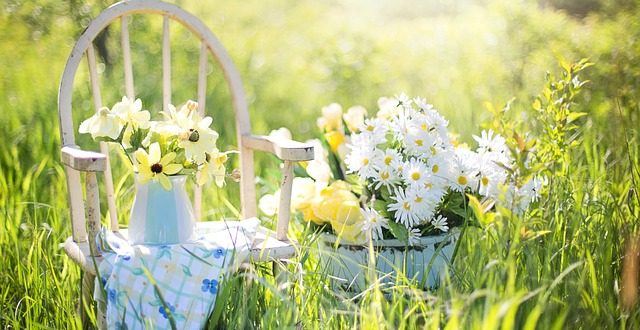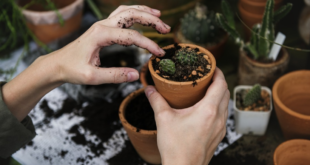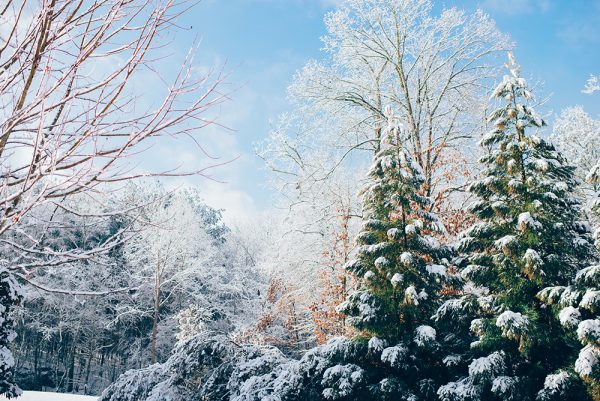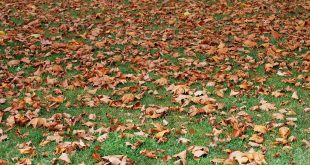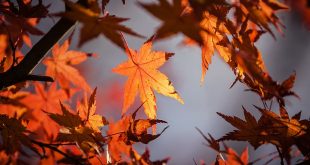Hayfever time, do you or a member of your family suffer every summer with a runny nose, bloodshot itchy eyes and wheezing – to name just a few symptoms.
The UK, the pollen seasons fall into three periods:
- Tree – late March to mid-May
- Grass – mid-May to July
- Weed – end of June to September
Allergy friendly plants
Try choosing from a selection of flowers that propagate with seeds and those that produce heavy, sticky pollen that requires insects or hummingbirds to do the pollinating so is therefore not transported in the wind. As a rule of thumb if the flower is insect-pollinated you should be fine, there are however some exceptions.
Recommended plants for allergy sufferers;
- Peonies – double-flowering and Japanese are best for allergies
- Irises
- Hydrangea
- Black-Eyed Susan Vine
- Impatiens – Busy Lizzie
- Gladiolus
- Hardy or Cranesbill Geranium
- Hosta
- Japanese Gentian
- Foxglove
- Sweet Pea Vine
Grasses
About 90% of hay fever sufferers are allergic to Timothy and Rye grass pollen. Try avoiding planting grasses – particularly ornamental as these produce the most allergenic type of pollen.
Trees
About 25% of sufferers are affected by tree pollen. Unfortunately there is less choice when it comes to trees but Amelanchier is an option.
Oak, ash, cedar and birch are the main culprits. Birch allergy sufferers often have issues with fruit trees as well. Birch trees are particularly bad, so avoid planting them.
Weeds
It’s less common to have a weed allergy, keeping your garden clear of them is the best option.
You can’t produce a garden that is pollen free but you can reduce the sources and hopefully reduce the suffering.
 Gardeners Club The Gardeners Club is a free to join online club for everyone with an interest in gardening and gardens.
Gardeners Club The Gardeners Club is a free to join online club for everyone with an interest in gardening and gardens.
